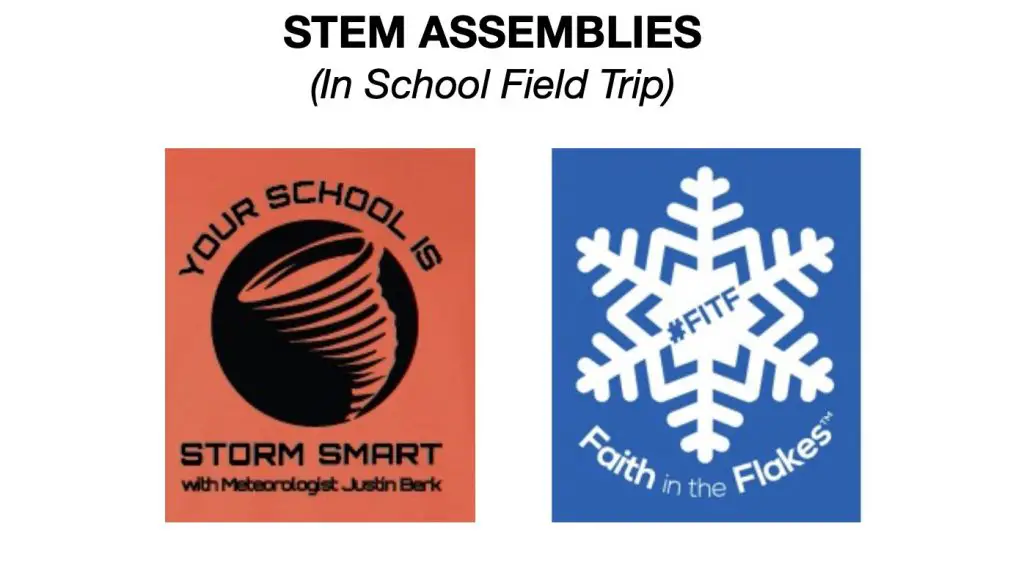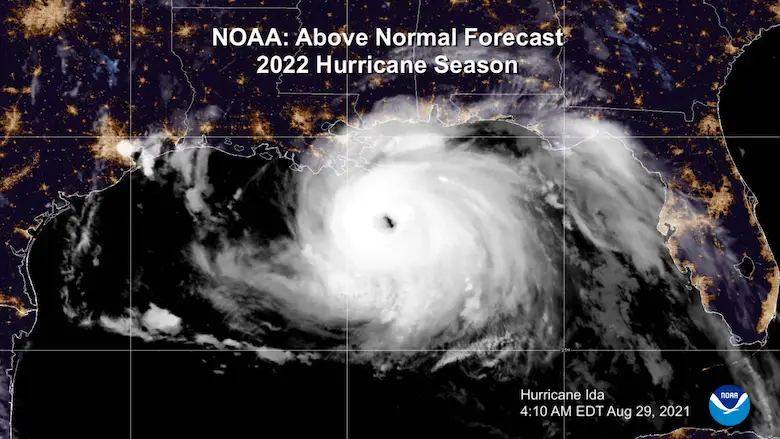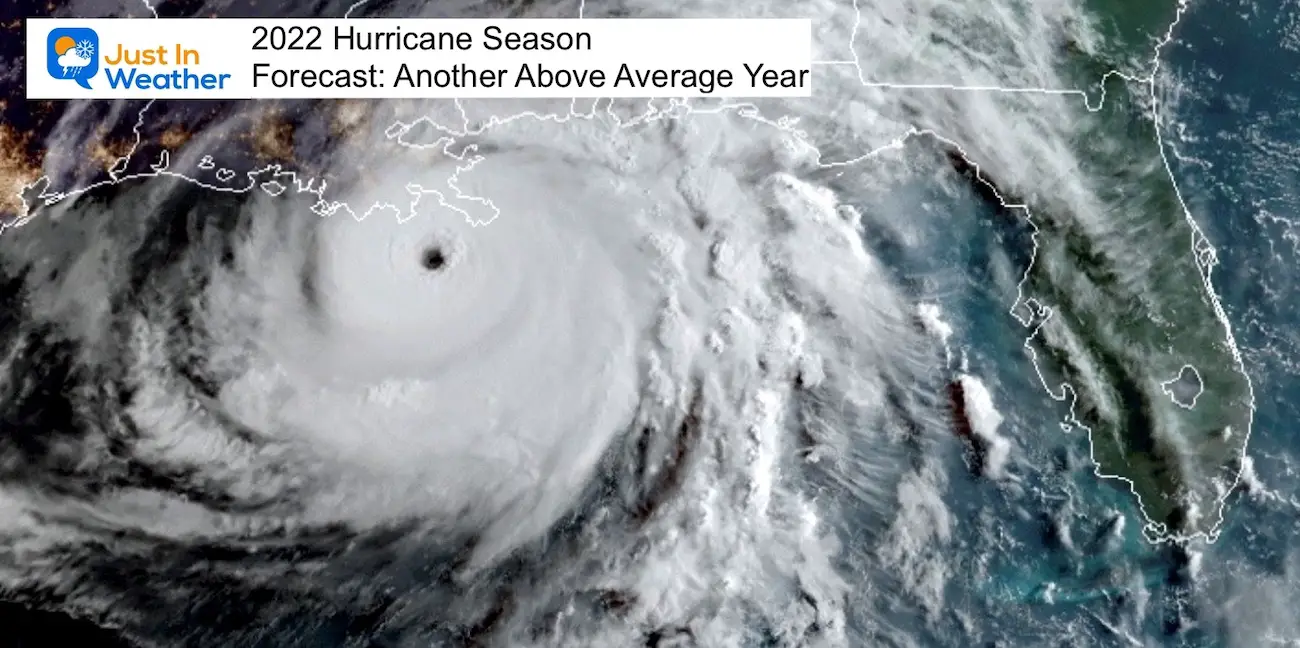September 22, 2022 is the start of the Fall Season. It is often thought of as equal daylight and darkness, but not exactly. We will look into that below. But at 9:03 PM the sun’s direct rays will shine on the equator. It will then shift the focus to the Southern Hemisphere for the next six months.
Other questions that have come up and might be discussed in science classes:
It is gravity ‘more equal’?
Can you stand an egg on end?
Here is a look at everything I felt relevant for fellow science geeks to eat up and teachers to share with their students. This includes a few videos as well.

This begins the time of year for us with longer nights, falling leaves, eventually sweater weather, and FITF (Faith in the Fakes).
There are a few ways of looking at this day. It has been celebrated around the world from harvest time to ancient pyramid shadow alignments.
Why Do We Call It Fall?
- The leaves begin to fall
- The temperature begins to fall
- The night begins to fall, earlier with speed this time of year.
I give a similar answer for the reasons behind the name Nor’Easter: A coastal storm that
- moves towards the northeast
- heads into the Northeastern US
- and sends cool, damp northeasterly winds inland.
Sometimes more than one answer fits.
It’s Already Fall, Kind Of
Meteorological Autumn began on back September 1, since we keep records in complete months. But now we can truly say the new season has begun. The full season for weather records are the months of September, October, and November.
How Many Days From The Equinox Until…
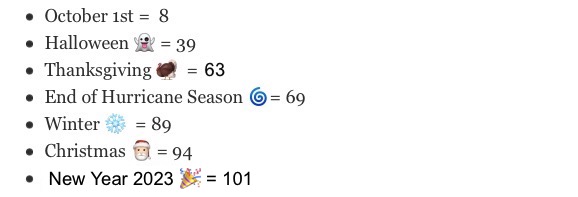
Earth Orbit And The Sun
The reason we have seasons, and weather is because of the tilt of Earth. This in relation to the orbit around the sun allowing the direct rays to shift between the Northern and Southern Hemispheres throughout the year.
- Spring and Summer, more direct sunlight is in the north of the equator.
- Equinox, the direct rays are on the equator.
- Fall and Winter, more direct sunlight is south of the equator.
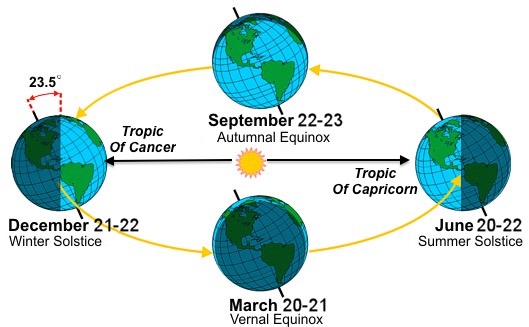
Shorter Days
Between the Autumnal Equinox (Sep 22) and Winter Solstice (Dec 21):
Daylight loss (in Baltimore) 2 hours, 44 minutes, and 3 seconds.
Peak Daily Sun Angle
Over the next 3 months, the peak sun (solar noon) will drop 23.6º in the Baltimore sky.
- September 22 = 51.1º at Solar Noon
- December 21 = 27.5º at Solar Noon
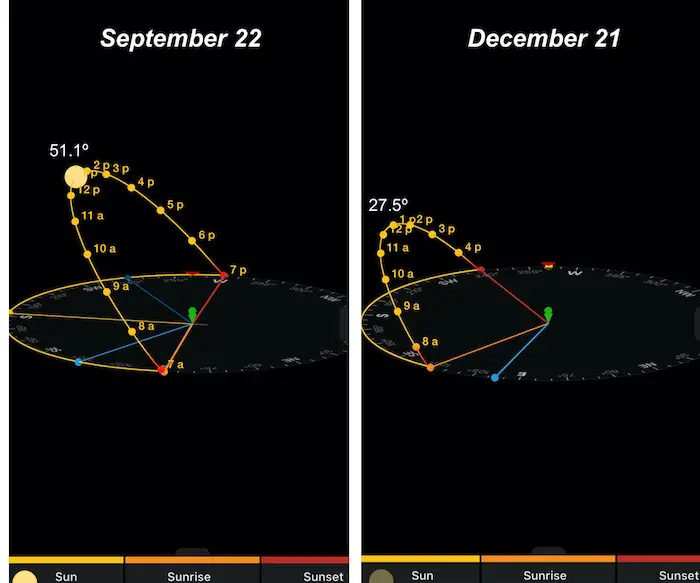
Temperature Fall And Seasonal Lag
As the days get shorter and the nights get longer, the average temperature begins a drop of about one degree every two days for the rest of this month. We are losing an average of 2 minutes and 33 seconds of daylight every day now. By the end of the month, the sunrise will be 10 minutes later and sunset will be 18 minutes earlier.

Equal Is Not Equal Sunlight
The word equinox sounds a lot like ‘equal’, and that is how it is often introduced in an Earth Science class.
I was originally taught that it was the day when the entire planet also had equal time of daylight and darkness as well. However, that is not entirely true.
In Baltimore:
- Sunrise at 6:54 AM, Sunset at 7:03 PM
- 12 hours and eight minutes of daylight.
Fast forward three days to September 25
- Sunrise at 6:57 AM, Sunset at 6:58 PM
- Equal daylight and darkness.
Why?
Light bends around the atmosphere. This image shows sunrise as seen from the International Space Station. The glow of light appearing above the sun shows how light bends around our atmosphere before you see the actual sun.

Think about the red and orange sky in the morning and evening, that is a demonstration of how light bends in our atmosphere, especially at dawn and dusk. The view of the sun itself is also seen as the light bends around the horizon.
So while the sun itself should be in our view for 12 hours today (splitting the time with darkness), the light of the sunlight bends in the atmosphere and gives us an extra few minutes of daylight on each end of equinox day.
The coolest thing seen in space: Sunrise from NASA and ISS
Climate Data for Baltimore
Sep 22 Normal High = 76ºF
If you were to compare that to the Vernal (other) Equinox…
March 21 Normal High = 51ºF.
That is a big difference, despite the same sun angle. This is due to seasonal lags in temperature.
On any given day, the sun is highest in the sky between noon and 1 PM, but the hottest daily high is between 3 to 5 PM.
Our strongest solar rays are on June 21, but the hottest temperatures are in the middle of July, weeks later.
In short, there is a delayed response of warming, but also cooling. Since the ground and nearby water is still warm from summer, that residual heat helps delay our cooling. The upcoming longer nights will change that quickly.
Next Month
Over the next 30 days, we will lose 10 degrees and expect a high of 65ºF by the third week of October.
The cooling rate slows down a little and averages out to one degree cooler every three days then.
Stand An Egg On End?
Some teachers in my High School tried to convince the class that the equal force of the sun’s gravitational pull on the equator would allow an egg to stand on its end during an equinox. Simply put, that is not true! It’s a demonstration I continue to see in both autumn and spring.
I actually tried this many years ago at WBNG-TV in Binghamton. Since I could not duplicate it, I used double-sided scotch tape to keep the egg upright during the broadcast.
The truth: If you have the right egg and a flat spot to sit it on… just add patience and a steady hand will do the balancing any day of the year. I’m not the only one to debunk this. Check out this old video I found online showing a similar demonstration.
Polar seasons:
Technically the Equinox marks when the sun will set on the north pole to begin 6 months of darkness. It will look more like twilight for about a month. On the flip side, the sun will rise on the south pole.
Video: National Geographic Describes Equinox Around The Globe
Weather posts straight to your inbox
Sign up and be the first to know!
September Begins Meteorological Autumn
Climate Data/Weather Stats For The Month
September Starts Meteorological Autumn: Weather Climate Stats For Maryland at Baltimore
STEM Assemblies/In School Fields Trips Are Back
Click to see more and ‘Book’ a visit to your school
In Case You Missed It: Seem Early Winter Outlooks
Winter Outlook 2023 Early Look At Snow From Two Farmers Almanacs
COMPARE TO THE PAST
If you want a snowy winter, this is what you might want to look for in the rest of the tropical season.
Record August For No Named Tropical Storms: Closer Look At Snow Following
Hurricane Season Forecast: June 1 Through November 30
NOAA 2022 Hurricane Forecast- Above Normal Again
Forecast From Colorado State University
Related Posts
NOAA Study: Reducing Air Pollution INCREASED Tropical Storms
Atlantic Tropical History: Maps of Origin Regions Every 10 Days
Rainbow Ice Cave In Mt Rainier
Rainbow Ice Cave In Mt. Rainier A Very Rare Find: Photos And Video
Please share your thoughts, best weather pics/videos, or just keep in touch via social media
-
Facebook: Justin Berk, Meteorologist
-
Twitter: @JustinWeather
-
Instagram: justinweather





